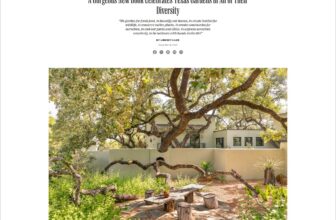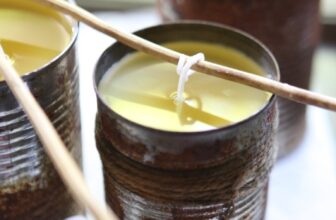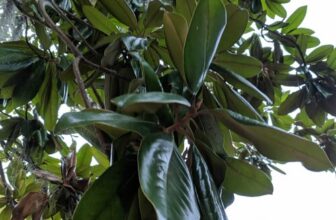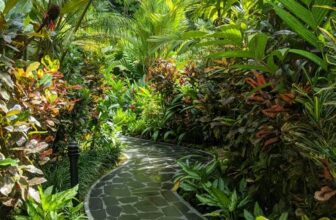The genus Agastache has become a garden staple in the Rocky Mountain Region since the introduction of sunset hyssop (Agastache rupestris, Zones 5–8) into the horticulture trade in 1996 by David Salman of High Country Gardens. Originally a rare plant from high mountains in the desert Southwest, the species was brought to David’s attention by plantswoman Sally Walker of Southwestern Native Seeds, who made some of the first collections of the species for horticulture. Since its introduction nearly 20 years ago, sunset hyssop has received the official stamp of approval for the Mountain West when it was accepted into the Plant Select® program. It can now be seen in medians, parkway strips, and xeric gardens across the West.
Common care confusion with agastache

Despite the popularity of sunset hyssop—and the increasing popularity of its near relatives Texas hummingbird mint (Agastache cana, Zones 5–9), orange or dwarf hyssop (Agastache aurantiaca, Zones 7–9), and numerous hybrids—I frequently hear complaints from homeowners and professionals alike that their hyssop plants just don’t perform as well as expected. Often, in such cases, hyssop plants are planted like classic garden perennials, sited in locations with improper soil preparation or mulches and given excessive fertilization that causes these desert denizens to languish. A few simple cultural changes to where a gardener plants these long-blooming, easy-growing hyssop plants can make a significant impact on their longevity, as can making a few simple changes to their growing environment.
It’s also worth noting that a second group of agastache can be found in prairies, woods, and high mountains across North America. Such plants typically flower in white or a blue-purple color and feature a narrower plant shape with spade-shaped leaves. These plants are often better adapted to colder regions, prefer more moist garden conditions, and can be grown like traditional garden perennials. A notable example from said group would be the blue-flowering anise hyssop (Agastache foeniculum, Zones 3–8), which is native both to the American prairie and the edges of the Rockies. This piece focuses on the more out-of-the-box culture of the hyssops from desert regions of the West.
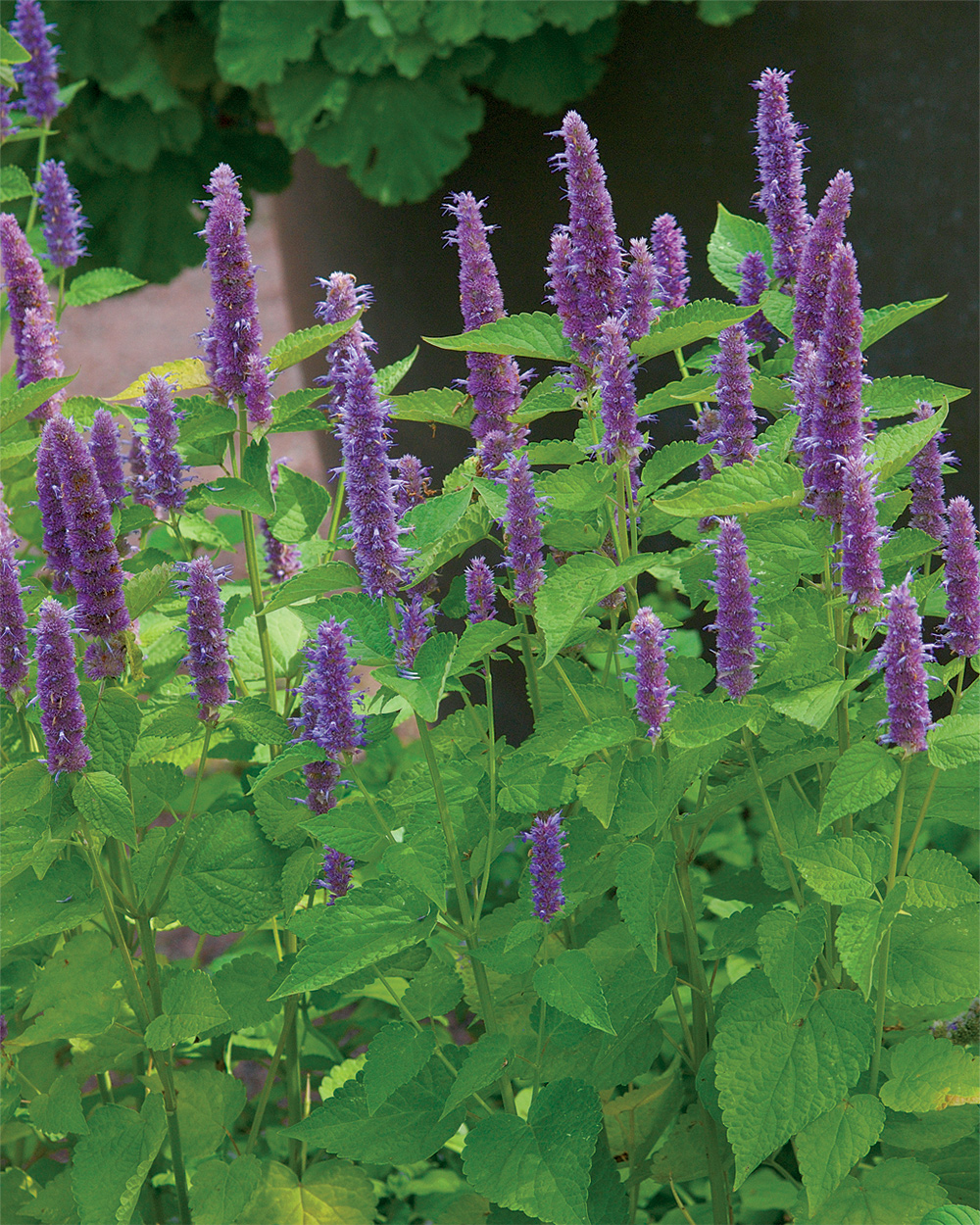
Planting and mulching
Perhaps the greatest Achilles’ heel of this group of desert plants is their susceptibility to rotting. Wood mulches retain too much moisture around the crown and modify the soil in a way that is not amenable to grit-loving desert plants. So stick to gravel mulches or no mulching at all. In a similar line of thought, your desert hyssop species will be much more reliable perennials when planted in locations that do not sit wet over winter. Therefore, it’s a good idea to avoid the edges of paths and driveways where snow may be pushed. At higher elevations, it’s wise to plant them in locations with a bit of radiant heat, such as near a large boulder or the warm side of a building. If they’re sited thoughtfully away from paths and mulched with gravel, hyssops in this group have been reliable even in my clay soil. Gardeners in wetter locales or with especially heavy soils will likely find that creating a soil berm, as you do when building a rock garden, can allow these hyssops to succeed if they first fail in a flat garden bed.
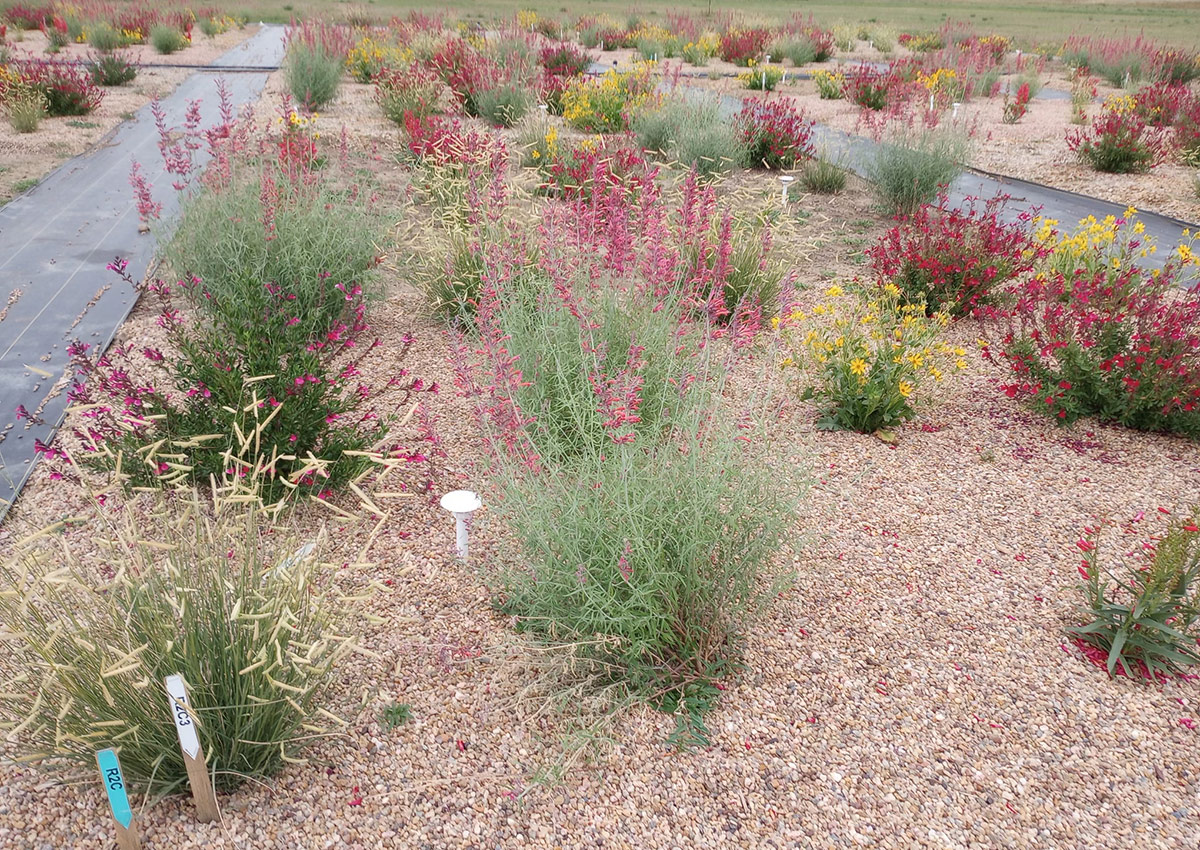
Watering
Second (and this may be counterintuitive), hyssop species are described as “water-wise,” but they grow and flower best when irrigated with some regularity. After all, they often grow in locations, like high mountains rising from the desert, that get reliable afternoon showers in late summer when these plants bloom. A deep weekly irrigation during summer heat will keep established plants growing and blooming enthusiastically, and more frequent waterings will be needed in the case of young transplants. Taper watering frequency as the temperature falls, and be sure to stop watering your agastache by early autumn to discourage them from producing excessive growth with cold weather at the doorstep. Long story short, don’t be tempted to fall into the “it’s a desert plant so it doesn’t want to be watered” trap, as the real preferences of these plants are more nuanced.
Avoid cold damage
Cold hardiness varies drastically in this group of plants. For example, A. aurantiaca is roughly a Zone 7 plant, while other species, like A. rupestris and A. cana, are true Zone 5 plants so long as they are in a well-draining location. So, for some on the edges of the region where winters are milder, more desert hyssop species can be grown. For most others in the region, stick to the hardiest of the bunch, and avoid hybrids with A. aurantiaca in the parentage.

In my experience, the hardiest hyssops available in the desert group include A. rupestris and especially A. cana, as well as hybrids of the two. Most large-growing (3 to 4 feet or taller) agastache include one or both as parents and are good bets for gardens in at least Zone 5. One trick touted to prevent cold damage during our common late-spring cold snaps is simply to avoid cutting these plants back until all danger of frost has passed. The idea is that frost may be able to travel through the cut stems more easily. I haven’t seen hard evidence for or against this practice, but I find it an easy rule to adhere to. It doesn’t hurt the plants to do, and it may help. One trick that has helped my agastache plants consistently survive our winter is sticking to spring planting only. By having an extra few months in the ground before winter, my hyssop plants are better rooted and of a more mature size and can endure a longer winter than would be found in their natural habitats.
Let agastache self-sow to continue the show
Finally, agastache plants have moderate lifespans in cultivation, even if they are attended to with best cultural practices. So don’t be surprised if your plants only last around 5 years. A simple way to work around this, and one that will happen naturally if you site plants with gravel mulch or no mulch, is to let the plants self-sow. This way, you’ll always have a few new seedlings each year to compensate for older individuals that peter out. One of the most exciting aspects of growing agastache plants—hummingbirds aside—is to see your hyssop patch change as plants mix and mingle. Since several species in this group hybridize freely, including the especially hardy A. rupestris and A. cana, seedlings that pop up can feature new combinations of calyx and flower color, as well as variations in plant size and shape. Expect a variety of oranges, pinks, peaches, and salmons to pop up within a few years if you grow the two species together.
Learn more about bold summer bloomers:
Discuss this article or ask gardening questions with a regional gardening expert on the Gardening Answers forum.
And for more Mountain West regional reports, click here.
Bryan Fischer lives and gardens at the intersection of the Great Plains and the Rockies. He is a horticulturist and the curator of plant collections for a local botanic garden.
Fine Gardening Recommended Products

Gardener’s Log Book from NYBG
Fine Gardening receives a commission for items purchased through links on this site, including Amazon Associates and other affiliate advertising programs.
This weatherproof five-year log book includes the following features:
· Sturdy waterproof cover to protect pages from rain and muddy soil
· Lined pages and gridded paper for plotting beds
· Five years of 12-month bloom and harvest grids for recording what you planted and when
· Authoritative appendices on composting, pruning, pest and disease control, and container gardening
· Useful reminders by season on fertilizing, mulching, and transplanting
· Space for listing your favorite sources and suppliers.

Ho-Mi Digger – Korean Triangle Blade
Fine Gardening receives a commission for items purchased through links on this site, including Amazon Associates and other affiliate advertising programs.
Versatile Tool: The Easy Digger Korean Triangle Blade Ho Mi Ho-mi is a versatile gardening tool designed for leveling and digging in home and garden settings. Efficient Design: Its unique triangular blade shape allows for easy soil penetration and efficient leveling of garden beds or landscaping areas. Durable Construction: Crafted with sturdy materials, this tool ensures long-lasting performance and reliability.
Ergonomic Handle: The comfortable handle provides a secure grip, reducing hand fatigue during extended use. Compact Size: Its compact design makes it easy to maneuver in tight spaces and store when not in use.

Fiskars Garden Tool Caddy with Removable Small Tool Storage for Indoor and Outdoor Gardening Use, Made with Recycled Plastic
Fine Gardening receives a commission for items purchased through links on this site, including Amazon Associates and other affiliate advertising programs.
Fiskars Gardening Tool Caddy stores tools and supplies for easy access and transportation from indoors to out. Body is made of durable, lightweight, resin with 20% post-consumer recycled plastic. Spacious toolbox includes a removable bin with holes for wall mounting and is the perfect organizer for snips, pruners, and more. Handle locks in place for one-handed carrying, or use side handles for two-handed carrying. Lifetime Warranty.

